

CHI Update: Promoting Awareness of Local Textile Production Techniques in Mali
By Darren P. Ashby | ASOR Cultural Heritage Programs Manager
The Dogon country of east-central Mali is famous for its stark natural beauty and precarious settlements built into cliff sides. Hard to access due to the Bandiagara Escarpment, which runs through the middle of it, the region has long been connected to the rest of West Africa and, through ancient trade routes across the Sahara, to the wider Mediterranean world. Although traces of human presence go back at least as early as 3,000 BCE, the Dogon communities date their arrival to the late 14th–early 15th centuries CE. Over time, they have expanded into all three local ecological zones, shifting between the plateau, cliffs, and plain in response to socio-political, economic, or environmental factors.
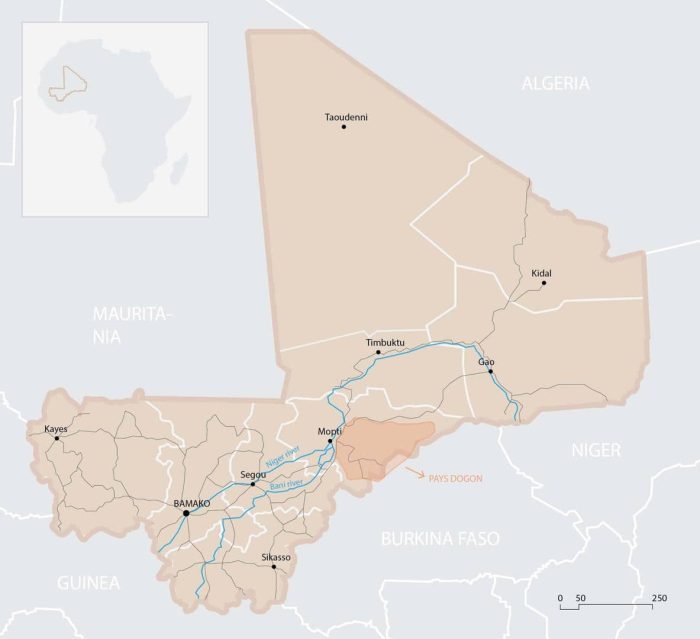
Mali and the Dogon Country; Photo Credit: ADI
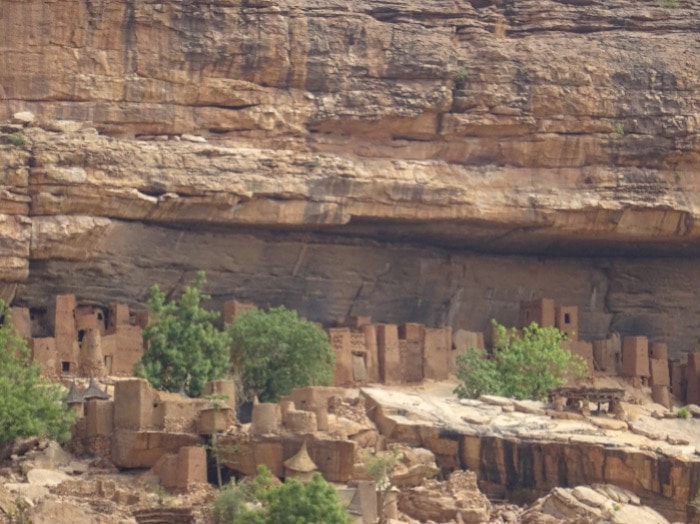
View of Yendouma Atô; Photo Credit: ADI/ASOR
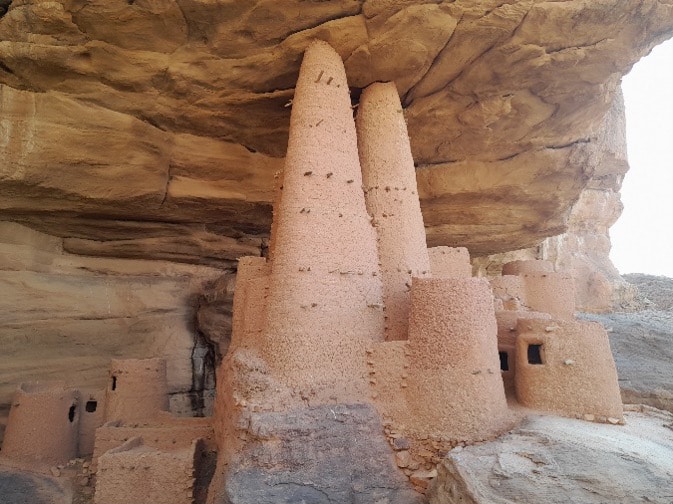
View of Youga Dogourou, with buildings renovated by ADI in collaboration with the local community; Photo Credit: ADI/ASOR
Historically, most types of craft production in Dogon communities were either the domain of women or men. In contrast, textile production involved the work of both. Women processed the cotton and spun the thread while men wove the cloth. Although only a limited number of men practiced weaving at any time, processing and spinning was considered part of a woman’s daily routine and the knowledge required for this work was passed down from mothers to daughters.
This traditional practice is now increasingly under threat from both the spread of industrially produced textiles and the disruption of the transfer of knowledge from mothers to daughters. In response to these challenges, ASOR and its partner Association Dogon Initiatives (ADI) — a locally based NGO dedicated to improving the wellbeing of residents of the Dogon region —organized an event in mid-May in the village of Neni to raise awareness about the shared history of textile production among the inhabitants of the Dogon region and to promote its renewal through wider participation in its practice.
Music, dance, and conversation filled the event space. At the heart of it, local women demonstrated each step of the spinning process and gave hands-on guidance to some participants. The spinning process consists of four main steps. First, the raw cotton is ginned to remove the seeds. This is done either by hand or by using a small bar and flat stone to push the seeds out. Second, the cotton is untangled and cleaned using two wooden carding boards with fine teeth. Once clean, the cotton is added to a distaff and twisted onto a spindle with a special metal end, which is made by local blacksmiths for this purpose. Finally, these small spindles are transferred to a larger spindle for storage.
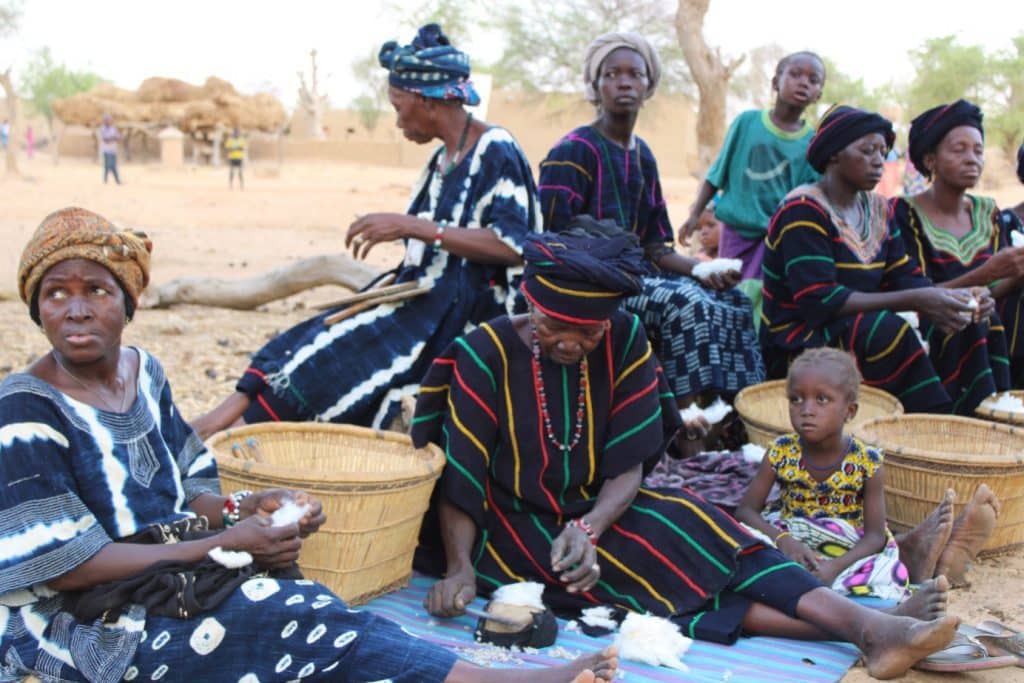
Step 1: Ginning cotton using a flat stone and metal rod in order to remove all of the seeds; Photo Credit: ADI/ASOR
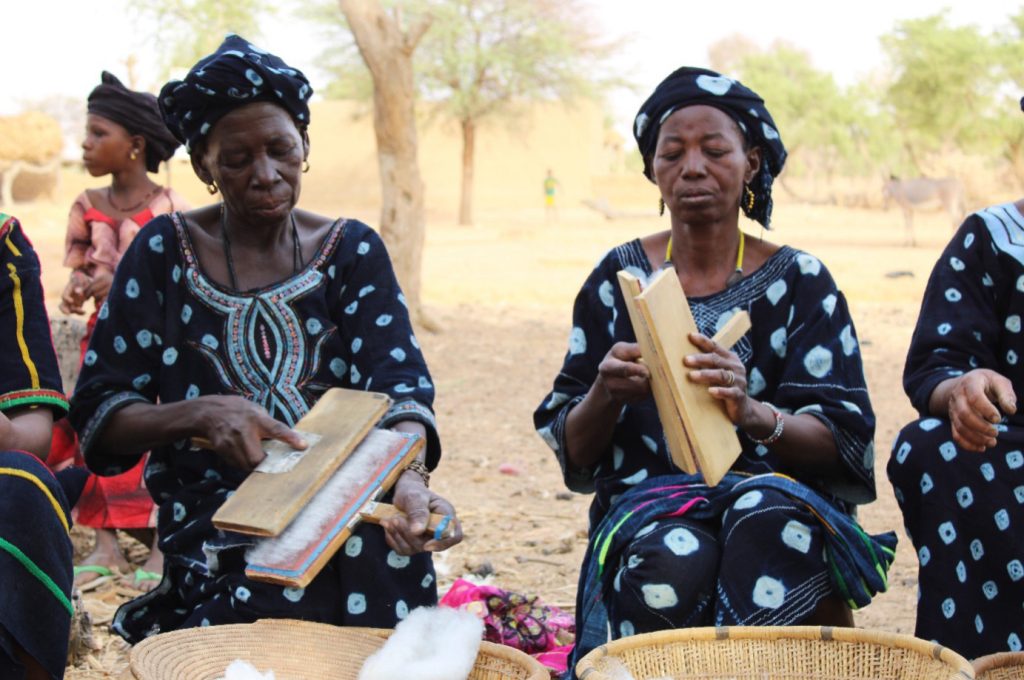
Step 2: Cleaning and straightening cotton using two carding boards; Photo Credit: ADI/ASOR
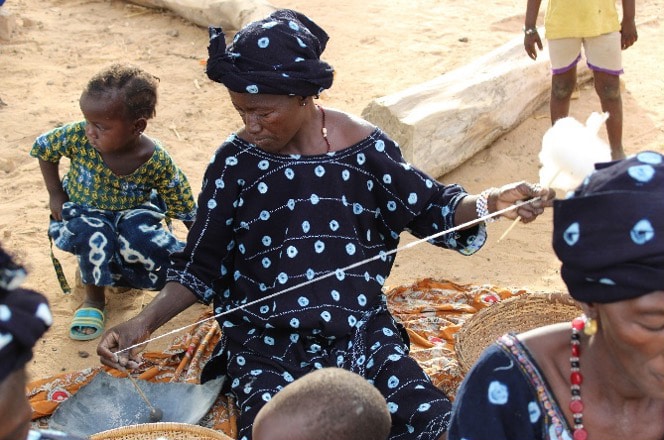
Step 3: Twisting the thread using a distaff (right) and spindle (left); Photo Credit: ADI/ASOR
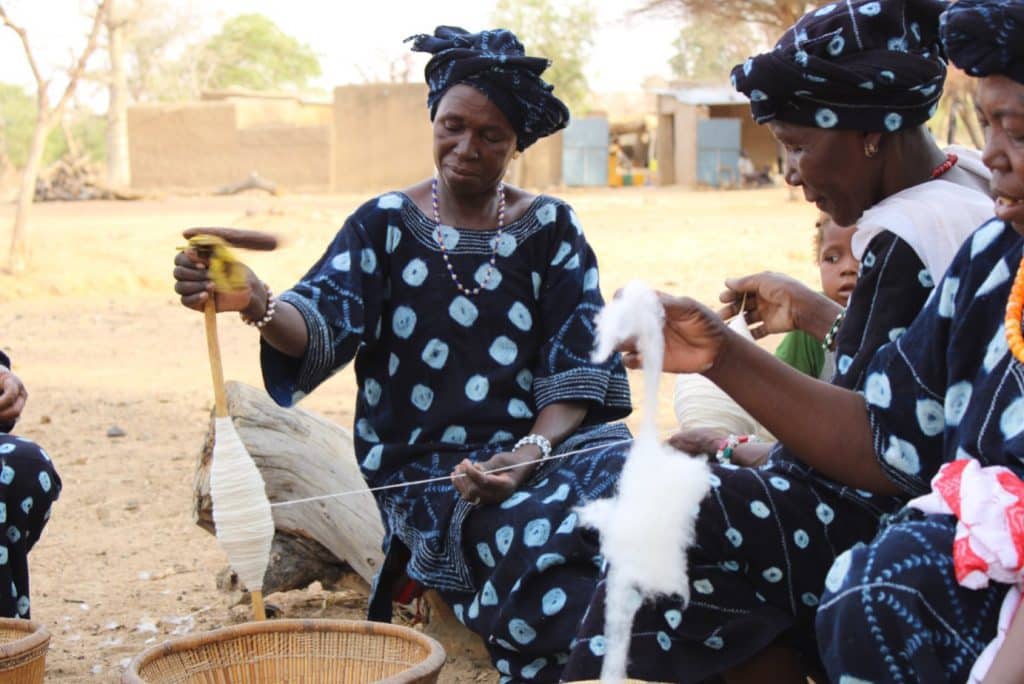
Step 4: Transferring thread onto a large spindle for storage; Photo Credit: ADI/ASOR
In total, 130 people from the Dogon and Peulh ethnic groups attended the event. Attendees remarked that the experience led them to view their heritage in new ways. One woman summarized her view of the current situation through the saying: “The horse does not value its place.” She explained that this saying reflects people’s lack of awareness of the true value of their cultural heritage and emphasized that the event had helped then better understand and appreciate their culture.
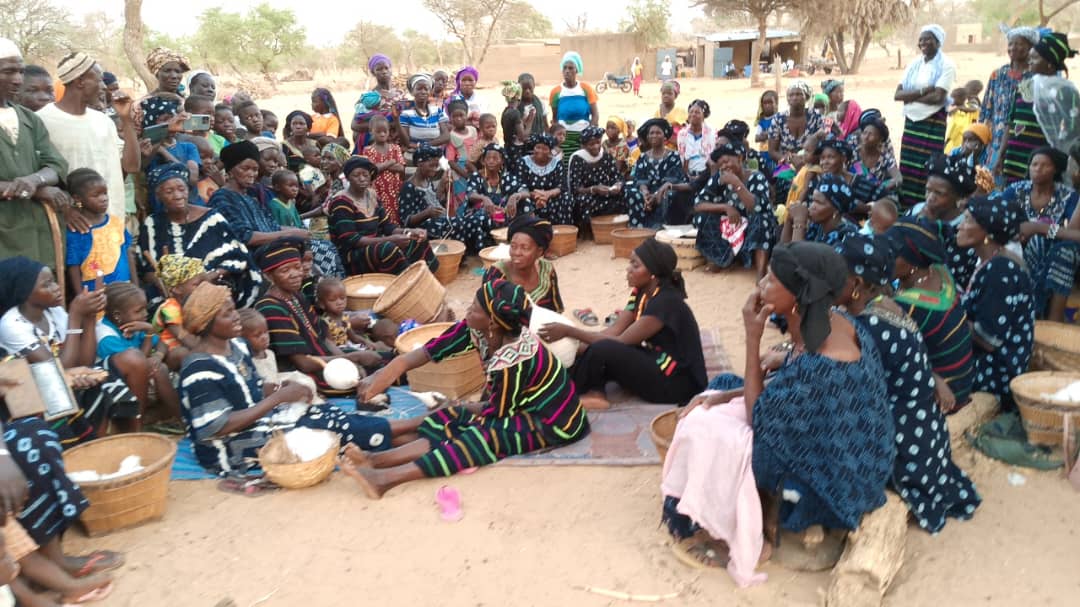
A guided demonstration of spinning for the whole community; Photo Credit: ADI/ASOR
Though of limited size, the event also created a space for members of the Peulh and Dogon communities to participate together in an event focused on the shared heritage of the Dogon region. Currently, there is widespread tension between the Peulh and Dogon communities due to the Peulh’s perceived association with the insurgency and violence affecting large parts of Mali as well as perennial friction between members of pastoral and agricultural ways of life. This mistrust has led to some Dogon communities banning members of the Peulh from entering their villages. Despite this hostility, members of the Peulh community continue to express interest in learning more about the heritage and traditions of the Dogon region. Events like this one create opportunities for these communities to come together to explore shared interests and to interact with each other as individuals rather than impersonal others. As tensions remain high, further events focused on heritage in the region provide opportunities to strengthen the interpersonal relations that will be essential to resolving the crisis.